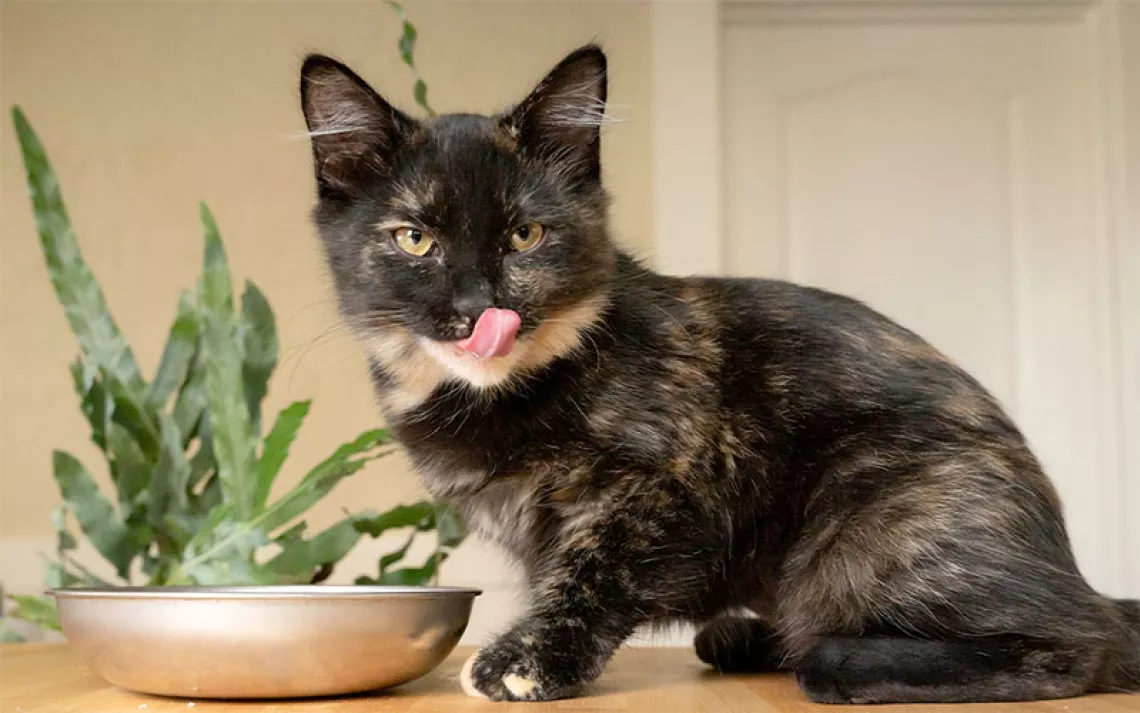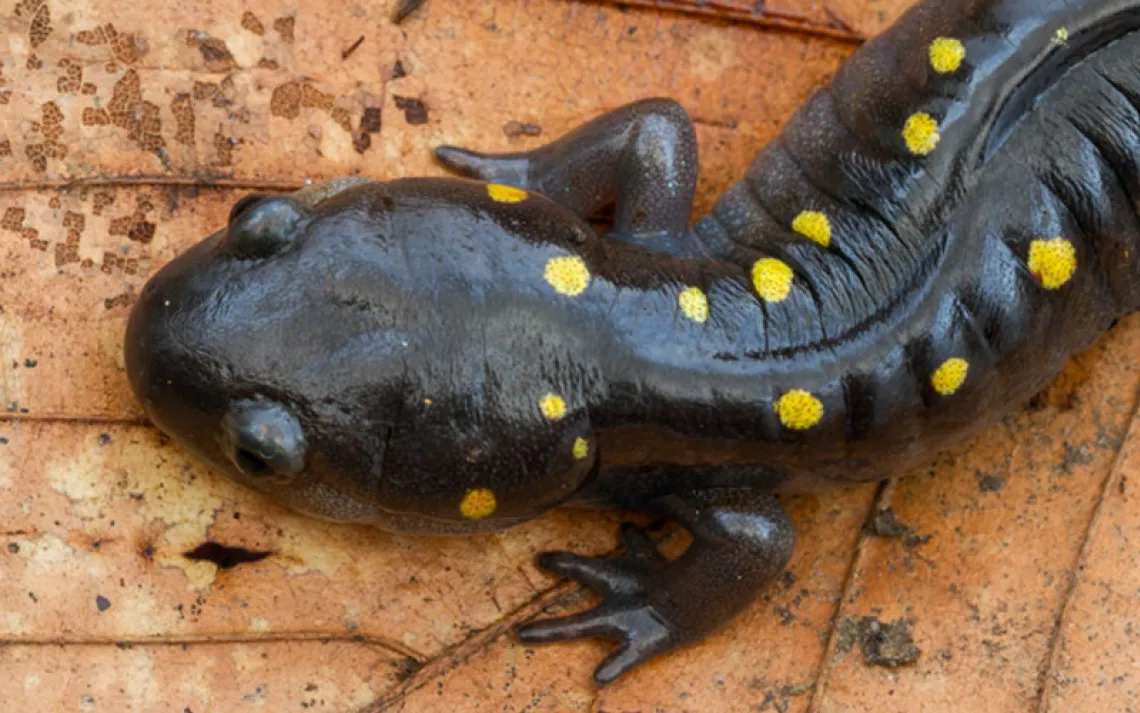Oil From Deepwater Horizon is Found in Birds
Research shows that oil from the big spill affected more than marine species. It also made it into the terrestrial food web.

Seaside sparrow | Photo by Philip Stouffer
Looking out over Louisiana’s salt marshes today, there’s little evidence that six years ago large stretches of the coastline were washed in black, sticky oil. Since then, the vegetation has crept back, the birds are singing, and only a trained eye can find signs that the largest oil spill in U.S. history recently devastated the wetlands. But the effects linger—oil and other compounds are locked in the sediment. They are in fish, crabs, and other marine species. Researchers have recently discovered the oil even made it into the tissue of at least one terrestrial species as well, showing for the first time that marine oil spills may impact more than just the oceans.
A year after the April 2010 blowout on the Deepwater Horizon oil-drilling platform 40 miles off the coast of Louisiana, researchers from Louisiana State University noticed that the reproductive success of the seaside sparrow, Ammodramus maritimus, a bird common to the local salt marshes and up the Eastern seaboard, was lower than in previous years. That’s not unusual—life in the marshes is hard, and some years hurricanes, heat, and tides cause the birds to do worse than others. But researchers also found that the birds had a higher expression of cytochrome P-4501A, a gene that is turned on when an organism is exposed to contamination from hydrocarbons like oil. They wondered whether the oil was moving out of the marine food web into terrestrial animals like the sparrow.
To investigate, Phil Stouffer and Sabrina Taylor from LSU’s School of Renewable Natural Resources took samples from 10 sparrows at two sites in the Louisiana salt marshes, one that had been contaminated with oil and one that had not. Chemically analyzing feathers and tissues from the birds, they found that indeed, over a year after the spill, the birds in the contaminated area had oil from the Deepwater Horizon spill deep in their tissues, most likely from snails, worms, crabs, and other coastal species they snack on—showing for the first time that oil from the spill could make it into nonmarine terrestrial vertebrates.
What’s more, poor sparrow reproduction in later years in the marsh areas contaminated by oil, compared to areas the oil missed, suggests that the sparrows are still feeling the lingering effect of the disaster years later.
“These birds are entirely terrestrial, but they feed on invertebrates with aquatic life stages or snails. The dividing line between aquatic and terrestrial gets blurry,” says Andrea Alquati, a professor of environmental toxicology at Cal Poly Pomona who conducted the chemical analysis for the study, which appears in the journal Environmental Research Letters. “We tend to think of terrestrial ecosystems as safe from oil contamination. But species that live at the boundary are not only vulnerable to the toxic effects of oil, but they can also be responsible for the transport of oil into the terrestrial food webs.”
It seems like common sense: Birds that eat food contaminated by oil, like snails or tiny crabs, get contaminated themselves. But oil spills—especially ones of this magnitude—are rare and unpredictable, and research into how the oil affects wildlife and marine and coastal ecosystems is not as advanced as scientists would like. Money from the $4 billion in fines and penalties paid by BP for the Deepwater Horizon spill is funding restoration efforts and several research consortiums looking into the short- and long-term effects of the spill, including how far the oil can reach into terrestrial ecosystems.
“Initially, scientists were focused on marine-based species. Now they have had time to look at how the oil moves through the food chain and how it impacts all aspects of the ecosystem,” says Ingrid Biedron, marine scientist for the ocean advocacy group Oceana. And it’s not just oil that needs study. “There were huge amount of dispersants used in the Gulf of Mexico. Dispersants hadn’t been used that way before, and they caused a lot of damage to animals. It was like a giant experiment. This is the largest oil spill in U.S. history, 20 times biggest than the Exxon Valdez, and we don’t know for certain how this will make its way through the ecosystem. It’s unprecedented, and it will take time to understand.”
While the seaside sparrow is the first terrestrial vertebrate found to be contaminated by an oil spill, other recent research shows that the spill heavily impacted terrestrial insects. One study shows that horsefly populations, for instance, crashed after the spill. Another indicates that terrestrial insect populations in general were cut in half immediately after the oil spill and may take years to fully recover. The population was even negatively impacted in areas not directly touched by oil, creating a disturbance in the food web.
Considering how many species rely on insects, it’s likely there are other terrestrial species affected by the spill. “I think that this study of seaside sparrow is an indication of the scale of the spill on terrestrial life,” says Biedron. “If there is an impact on this level of the food chain, there’s the possibility that other species could be affected.”
Stouffer says his team will continue to investigate the spill and will next look at the marsh rice rat, another terrestrial species that spends its life foraging in the marsh. “I think the important thing we’re highlighting is that the effects of oil are not just what you can see,” he says. “Oil is complex chemically. It is important to recognize the effects that could be lingering. Just because things look a certain way doesn’t mean there aren’t signals that there’s contamination in the ecosystem.”
 The Magazine of The Sierra Club
The Magazine of The Sierra Club



